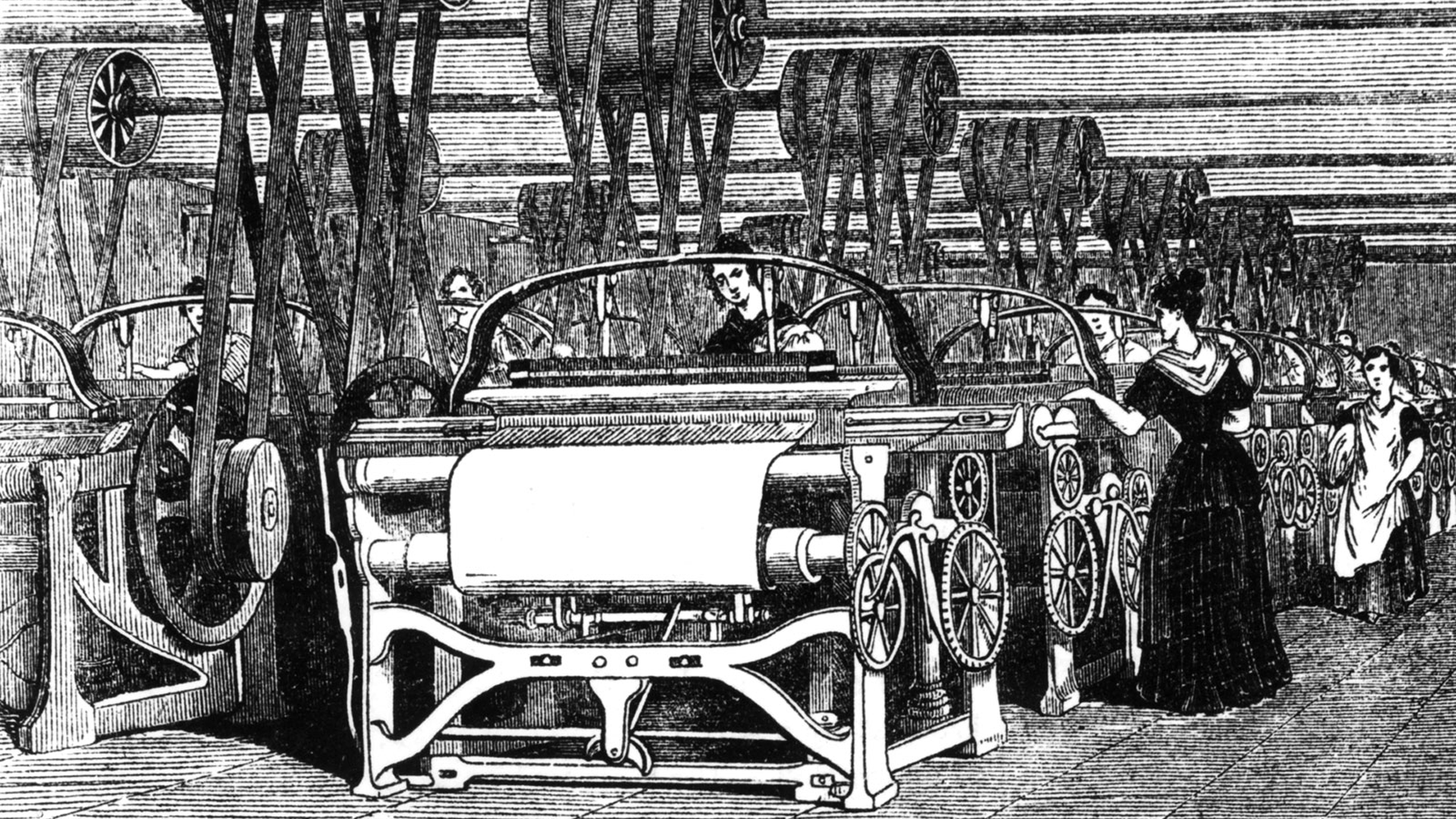Early Industry and Economic Expansion (1800–1850)

Between 1800 and 1850, the United States underwent a massive economic and social transformation known as the Market Revolution.
The Dive
At the dawn of the 19th century, the United States was still a largely rural, agricultural society. Most families grew what they needed and traded locally. But a wave of technological and economic change, the Market Revolution, was about to connect faraway regions, speed up production, and transform everyday life.
Transportation was the backbone of this transformation. The construction of canals, like the Erie Canal, slashed the cost and time of moving goods, while railroads began stitching together distant markets. Plank roads and turnpikes connected rural areas to urban centers, giving farmers and artisans new ways to sell their products. In North Carolina, new roads helped Piedmont farmers reach more buyers, though the state lagged behind its neighbors in large-scale infrastructure.
Technology supercharged agriculture and industry. Eli Whitney’s cotton gin, invented in 1793, made it far faster to separate cotton fibers from seeds. This boosted Southern cotton production. Tragically, it also deepened the South’s reliance on enslaved labor. In the North, new machinery powered textile mills, drawing women and children into factory work.
New industries created new opportunities but also exposed sharp inequalities. Women in textile mills worked long hours for low pay. Free Black artisans—skilled carpenters, blacksmiths, and seamstresses—contributed to local economies but faced legal restrictions and racial prejudice. Enslaved people’s labor powered much of the South’s agricultural wealth, yet they were denied freedom and profit.
Communication innovations like the telegraph allowed news and business transactions to travel almost instantly across great distances. This made markets more efficient and gave rise to a truly national economy, where decisions in one region could quickly ripple across the country.
By 1850, the Market Revolution had changed the way Americans thought about work, wealth, and opportunity. The nation was more connected and more productive than ever before. But the same forces that drove progress (industrial growth, regional specialization, and economic competition) also deepened divisions between the North and South, setting the stage for conflicts that would eventually lead to civil war.
Why It Matters
The Market Revolution didn’t just change the economy, it reshaped how Americans lived, worked, and connected with each other. It brought opportunity to many but also magnified inequalities in race, class, and gender. Understanding this era reveals the roots of America’s industrial growth, its regional divides, and the social tensions that still influence our society today.
?
How did innovations in transportation and communication transform daily life during the Market Revolution?
Why did the cotton gin both boost the economy and deepen social injustice?
In what ways did women and free Black artisans contribute to early industry despite systemic barriers?
How did the economic changes of this period help set the stage for the Civil War?
Dig Deeper
In the first half of the 19th century, the way people lived and worked in the United States changed drastically. At play was the classic American struggle between the Jeffersonian ideal of self-sufficient farming and the Hamiltonian vision of manufacturing and trade.
Related

The Market Revolution: How Innovation Transformed America
In the early 1800s, America changed from a land of small farms to a booming nation of factories, railroads, and markets. The Market Revolution connected people, goods, and ideas—while also revealing deep inequalities in who benefited from progress.

The Gilded Age, Industrialization, and the 'New South'
A glittering era of innovation and industry, the Gilded Age promised progress but delivered inequality. In the South, leaders dreamed of a 'New South,' yet industrialization offered opportunity for some while reinforcing systems of poverty and discrimination for others.

Reed Gold Mine: The First American Gold Rush
The first gold rush in U.S. history began not in California, but in North Carolina—thanks to a doorstop, a 12-year-old boy, and a lucky find in a creek.
Further Reading
Stay curious!
